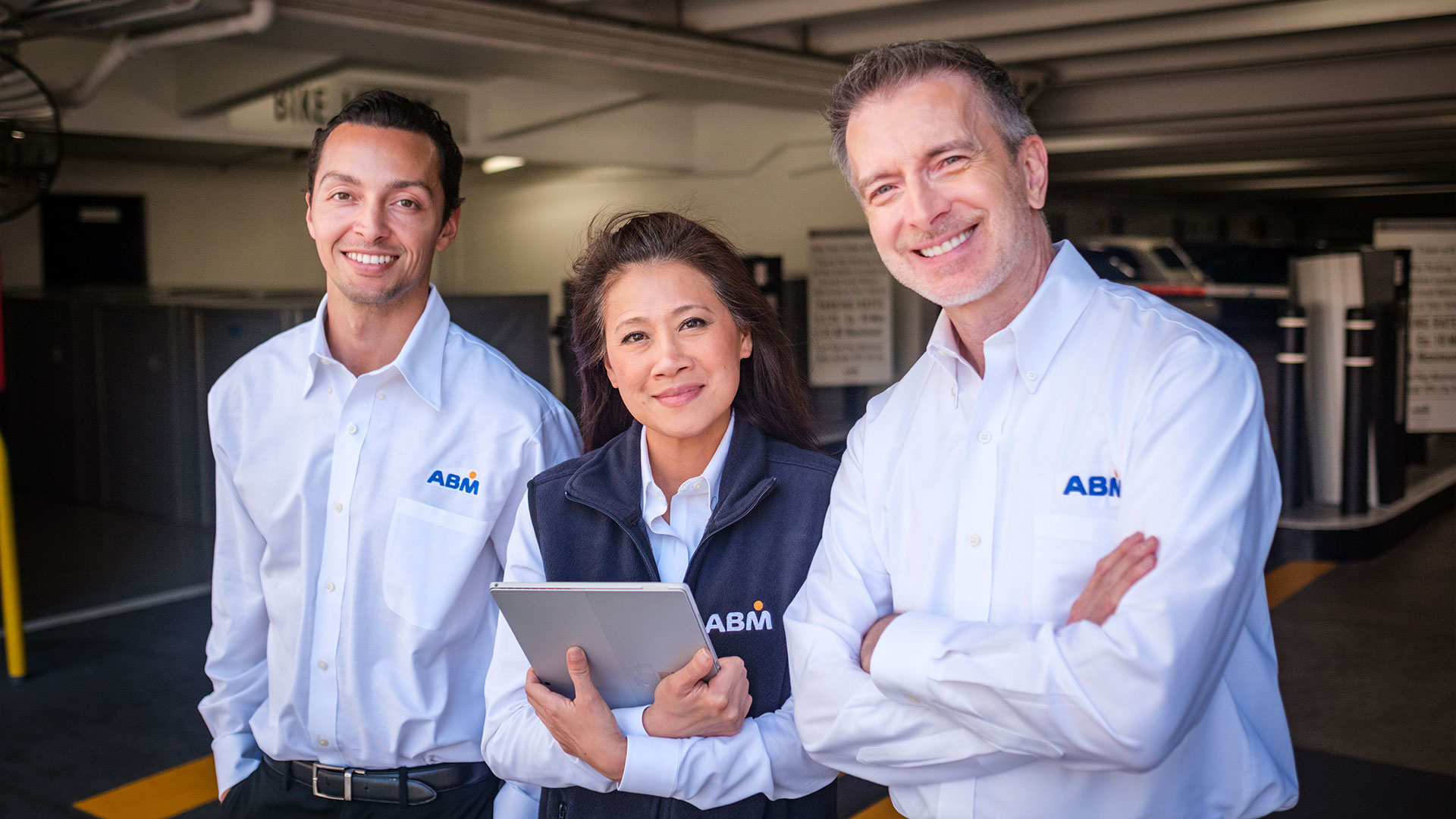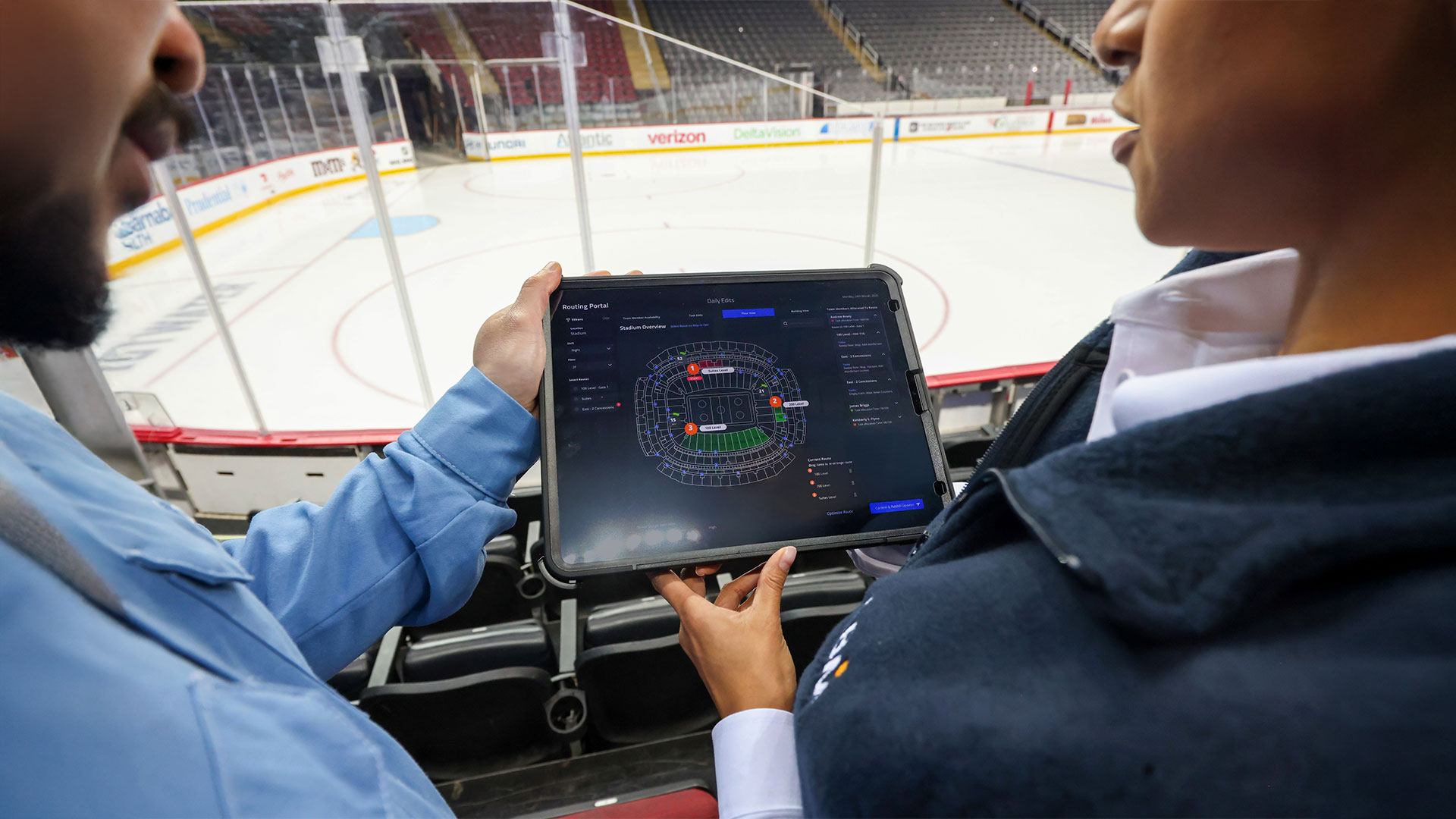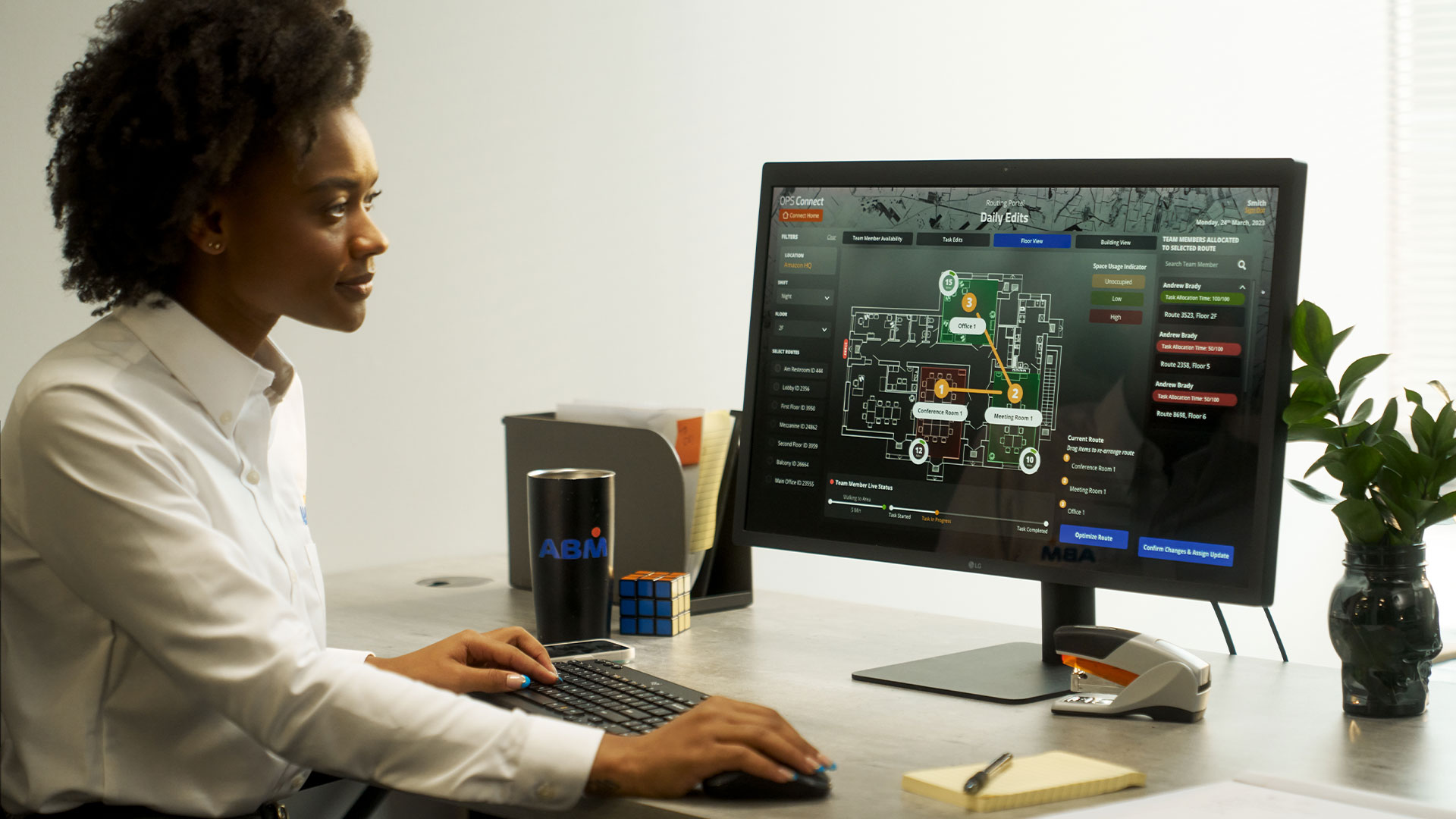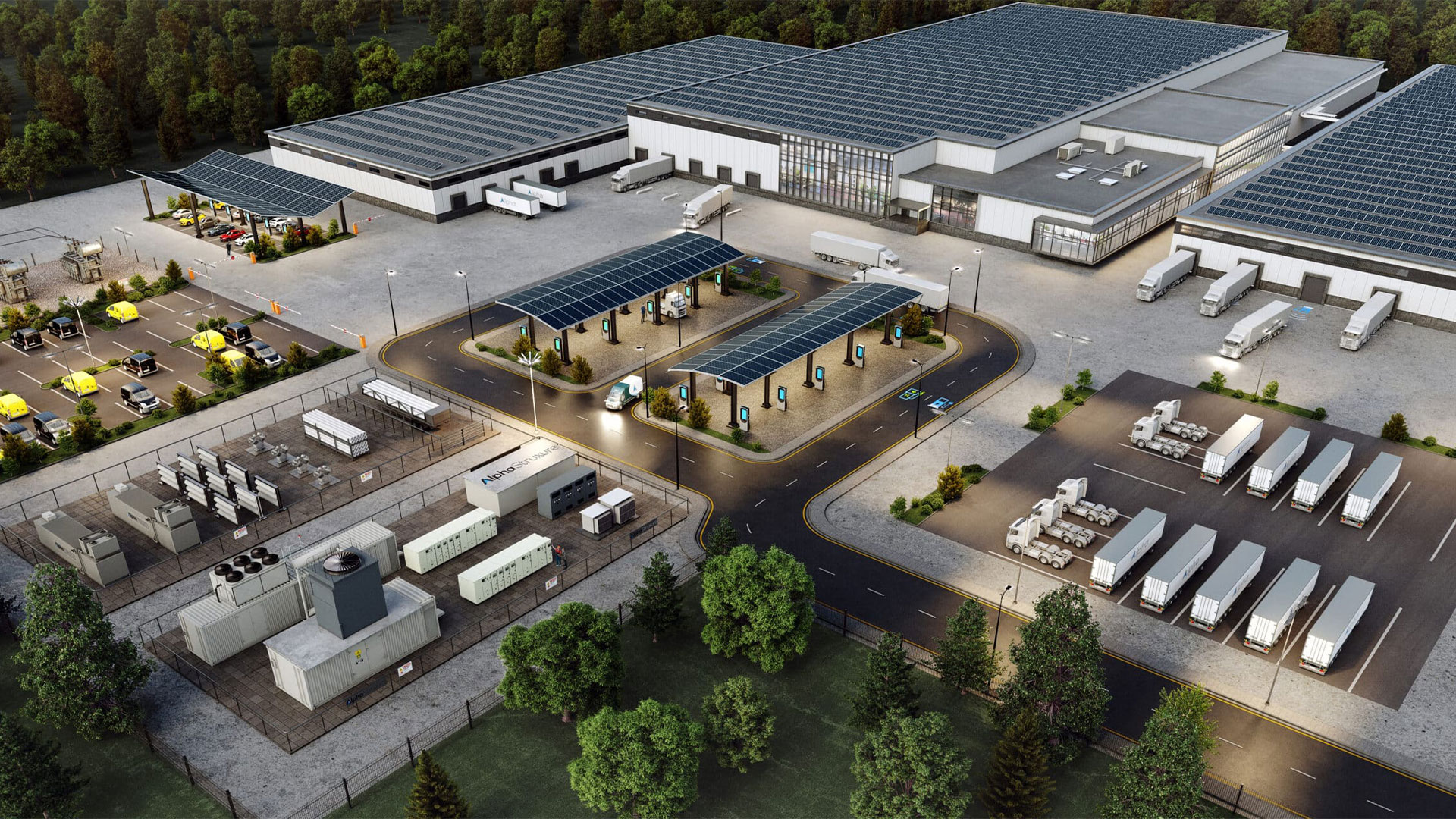Millennials & Sustainable Facilities
Millennials & Sustainable Facilities
Creating Appealing Environments for Your Most Eco-Conscious Occupants
Introduction
As individuals, many Millennials consider sustainability a part of their personal values. As employees, customers, students, guests, patients, and more, they want the places they inhabit to practice the same values. Younger occupants demand greater social responsibility from the operators of their facility environments than previous generations. Facilities and organizations looking to appeal to Millennials and future demographics will need to understand their sustainability interests and meet their wants and needs.
Born between 1981 and 1996, Millennials will comprise 75% of American workers by 2030.1
Why SustainabilityMatters to Millennials
Millennials grew up at a time when conversations around climate change, pollution, extinction, and more became a part of their daily discourse. They see the actions of both individuals and corporations under greater scrutiny, allowing the presence or absence of sound environmental decisions to inform their professional, consumer, and personal relationships.2
Industry trends, global initiatives, and emphasis on strategic relationships are leading more facilities to adopt sustainable practices. By embracing advancements in such areas as technology, occupant wellness, and resource allocation and distribution, facilities can exercise greater corporate and environmental responsibility while attracting the next wave of occupants.
75% of Millennials believe businesses focus on their own agendas rather than considering the wider society.3
Technology First
Millennials are 2.5 times more likely to become early adopters of new technology.4 Bringing sustainability-aiding technology into your facility environment can demonstrate your organization’s forward-thinking strategy. Sustainable technology advancements are available for nearly all features of your facility environment and infrastructure. With energy-efficient ventilation, plumbing, or lighting systems, for example, your facility can use less electricity to produce the same level of comfort your operation relies on.
Two-thirds of millennials and their younger Gen Z colleagues consider an organization’s embrace of technology and innovation as an important factor when choosing an employer.5
Recycling and Waste Management
Facility operators can be a part of the landfill reduction solution by implementing a recycling program. Placing dedicated recycling bins and helpful, informative signage next to trash receptacles can make it easier for occupants to make the right decision when disposing their trash. Working with an educated custodial provider can help ensure waste is properly sorted onsite and decrease the chance of improper waste routing
Facilities can take recycling one step further by collecting food waste, as well. In 2018, 36% of landfill materials were comprised of food waste.6 By adding an organics stream to your facility recycling program, you can considerably advance your facility toward a zerowaste operation by contributing that waste to a compost program (or even starting your own). Your food scraps can even be composted locally to give back to your community and help grow healthy produce for lower-income residents.7
A staggering 80% of materials currently in landfills could have been recycled.8
Water and Energy Conservation
Providing the right facility infrastructure can decrease the likelihood of excessive water and energy waste. Water-efficient fixtures and plumbing can restrict the flow of water to only the necessary amount in toilets and faucets.9 Communication (like signage) with occupants can encourage water conservation in shared spaces like restrooms and kitchen areas.
Monitoring your facility’s energy consumption and highlighting your actions to reduce it can attract younger occupants to your spaces. Alternative energy sources like solar arrays can make your commitment to renewable energy clear as day, potentially saving your building up to 75% in monthly electrical costs.10
Across the board, Millennials are more likely to be talking about energy and water conservation, preservatives and chemicals in food, global warming, and VOCs.11
Electric Vehicle Charging
The demand for electric vehicle (EV) charging capabilities is growing rapidly. As more electric vehicles populate the road, facilities lacking modern EV charging infrastructure will be increasingly passed over. Increased vehicle availability, grants, tax cuts, and other incentivizing policies paired with growing EV charging availability are only a few of the factors making electric vehicles more attractive every year. With more manufacturers entering and competing in the electric vehicle space each year, global interest will only continue to grow.
Investing in EV charging can show your eco-friendliness with the option to generate an additional revenue source (in the case of hourly parking in transactional environments like retail and airports). With 34.9% of EVs being purchased by Millennials and 39.8% by members of Gen X, including EV infrastructure in your parking program can help attract eco-friendly drivers across generations.12
More than half of all young people want an electric car.13
Complementary Socially Conscious Initiatives
78.5% of Millennials support public engagement and outreach – the highest support level out of any age group.14 That’s why Millennials and likeminded employees are more supportive of a work environment that actively demonstrates social consciousness.
Consider donating a percentage of profits to an eco-friendly charity, establish opportunities for occupants to volunteer locally on company time, and spread awareness of sustainability issues through social media channels to keep like-minded occupants connected to your causes.
79% of Millennial employees state they’d stay loyal to companies that care about their effect on society and the world.15
Green Cleaning
As you might already know, green cleaning is cleaning utilizing products and procedures that are safe for the environment and do not emit any pollutants or volatile organic compounds (VOCs) when applied.Green cleaning is important not only for the environment, but for the health of your occupants and the world. This means more worker productivity, clearer air for your occupants, and an overall safer, healthier space. If given the choice between traditional cleaning products and green cleaning products, which do you think that health and eco-conscious Millennials would want in their facilities?.
“Though often overlooked, the cleaning products that are used at your business are affecting the health of your employees, the cleaning staff, and visitors to your office. The chemicals found in common cleaning products can have many negative impacts…” Environmental Working Group’s (EWG) Cleaning Supplies and Your Health16
Certifiably Sustainable
In taking these steps towards a sustainable facility, your building may qualify for a certification program in the process. Many of the requirements for industry-leading certifications are the same features that eco-conscious occupants are looking for. With a certification as proof, appealing to these occupants can become even easier. Certifying your facility through a building standard like LEED or WELL can demonstrate your facility’s commitment to the wellbeing of both the environment and your occupants. Energy-saving and conservation-minded choices can help achieve a LEED certification, and with additional occupant wellness features like natural light and enhanced air filtration, you can qualify for WELL.17
Achieving Sustainable Spaces for the Long-Term
The movement to more sustainable spaces is becoming more of a necessity than a trend. As younger generations enter the workforce and hold higher, more skilled positions, transitions to healthier, cleaner, and more sustainable practices are inevitable. Making these changes now can increase your facility’s favorability, improve retention numbers, and attract occupants for the long-term
Sources:
1. Millennials and Technology are Changing the Workforce | Health WorkForce New York (hwny.org)
2.Why Millennials Need to Be Thinking About Facilities Management?
3. Millennials And Gen Z Have Lost Trust And Loyalty With Business (forbes.com) The Millennial Generation Research Review | U.S. Chamber of Commerce Foundation (uschamberfoundation.org)
4. The Millennial Generation Research Review | U.S. Chamber of Commerce Foundation (uschamberfoundation.org)
5. How Tech-Savvy Millennials Are Driving the Digital Workplace - Dell Technologies
6. 2018 Wasted Food Report (epa.gov)
7. National Overview: Facts and Figures on Materials, Wastes and Recycling | US EPA
8. 50 Recycling and Landfill Facts That Will Make You Think Twice About Your Trash | Rubicon
9. 10 Ways to Save Water in the Office – The FruitGuys
10. Commercial Solar Panels Cost 2021 | Average Prices
11. The Truth About Millennials | Greenbiz
12. Electrifying the American Road Trip | Energy Central
13. Which Generation Is Buying the Most Electric Vehicles? - TrueCar Blog
14. Engaging Millennials on Water Issues – PublicCEO
15. 8 Characteristics Of Millennials That Support Sustainable Development Goals (SDGs) | Forbes
16. EWG’s Guide to Healthy Cleaning | Cleaning Supplies and Your Health
17. WELL Certification, LEED, RESET - What is the difference? | Work in Mind





